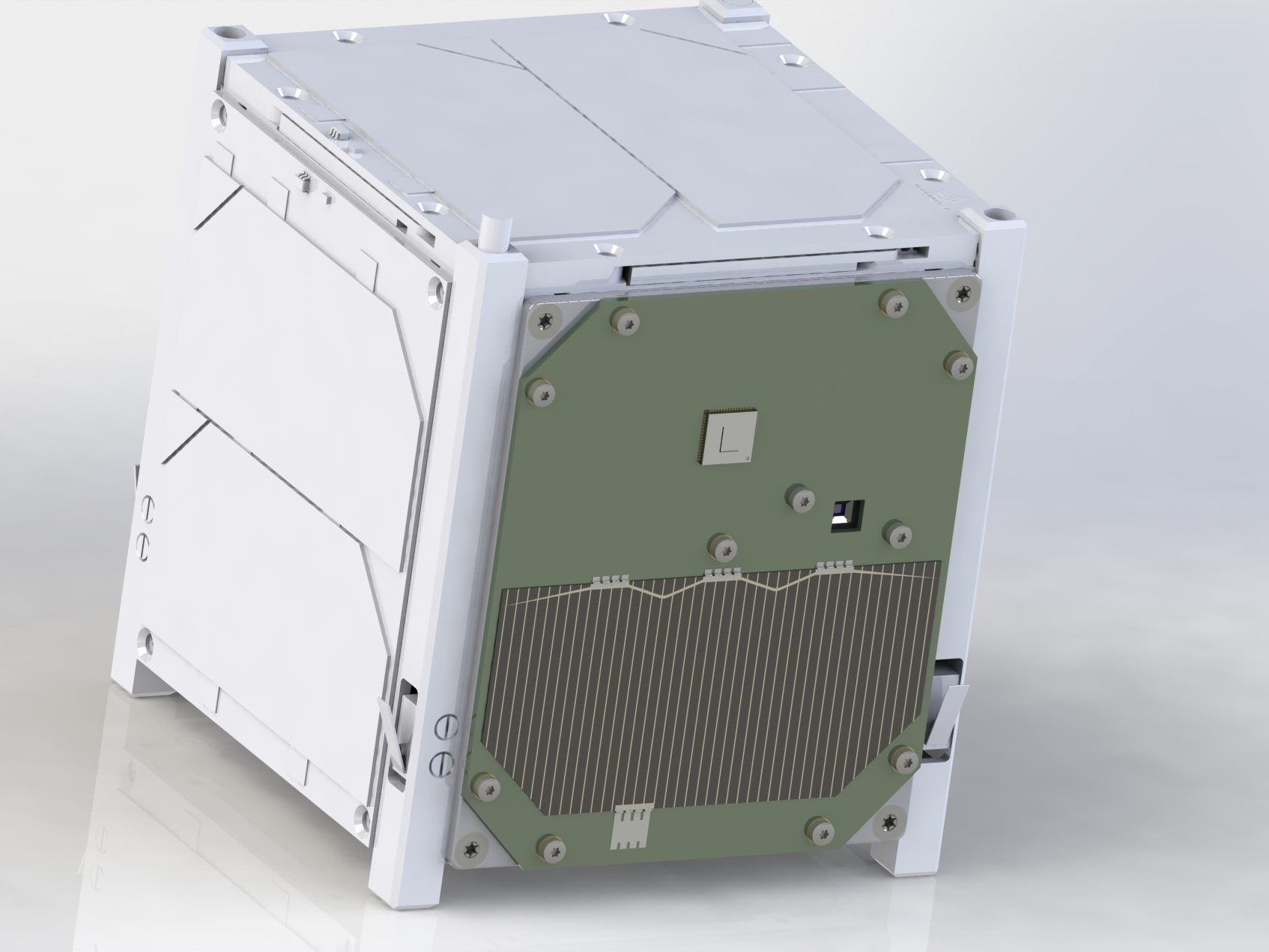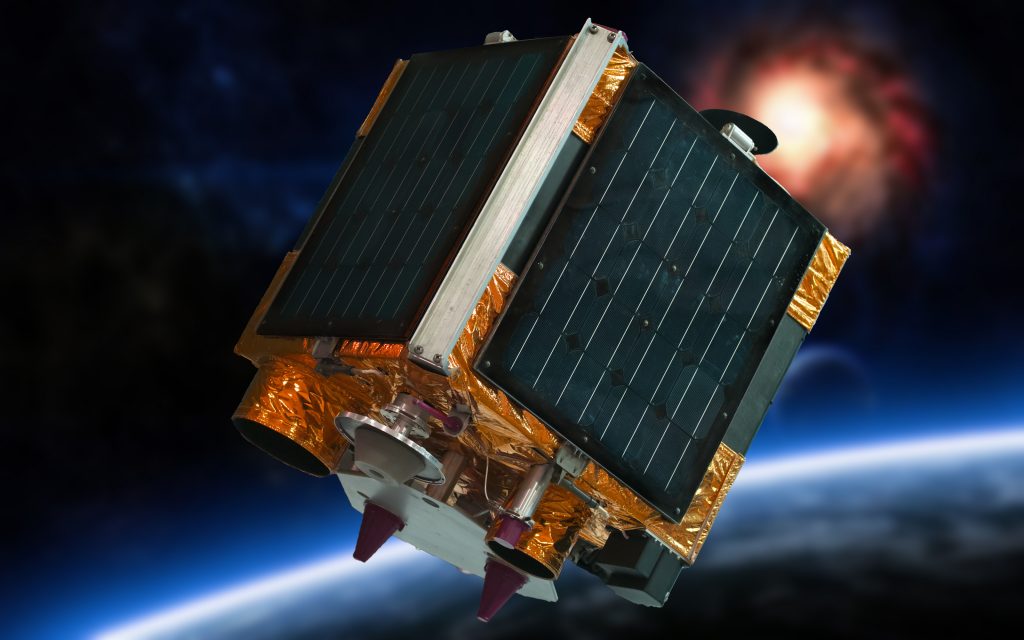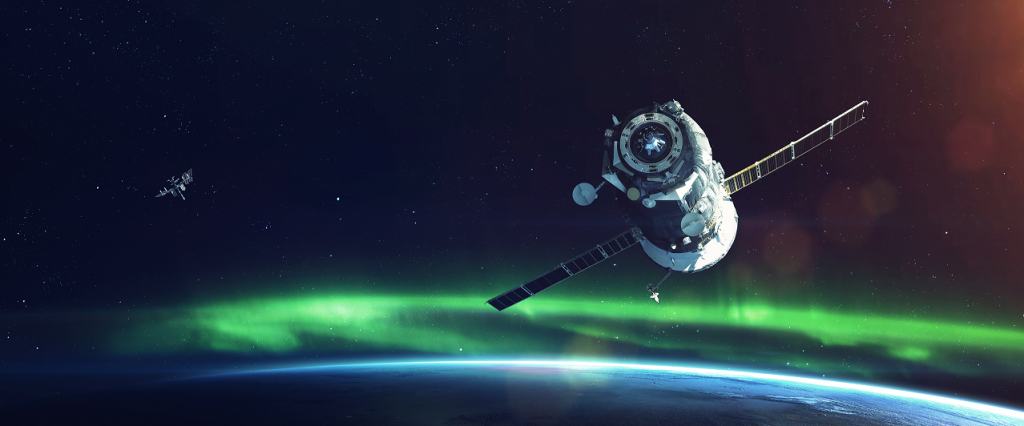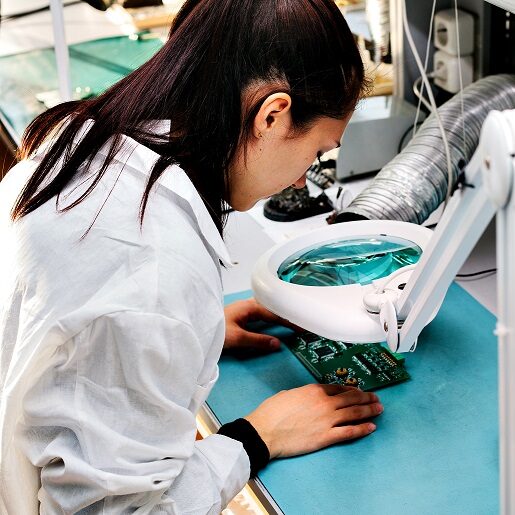Small
The sun sensor is very small, only 35 mm across and less than 80 grams including full system interface and will fit onto any space vehicle from nano satellite and up.
Ideal positioning
The miniaturized sun sensor has a 180° view of field and detects the direction of the sun and provides the ideal positioning of the vehicles solar arrays.
Resistant
The miniaturized sun sensor has high tolerances to solar flares, SEU, albedo and straylight and can withstain the extreme temperature variations in space.






